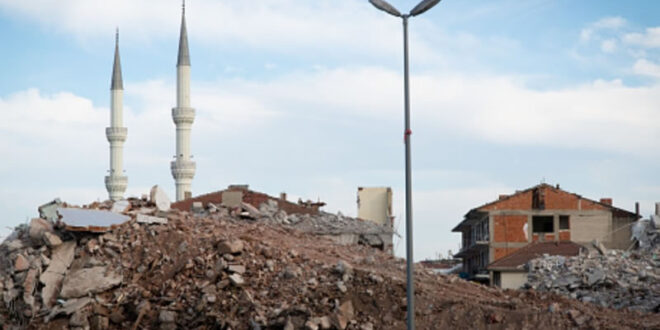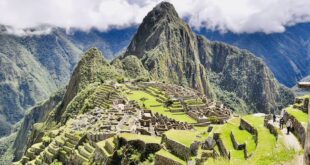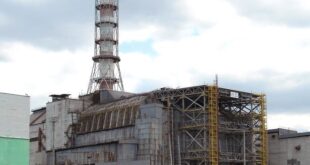Earthquake, Foreshocks and Aftershocks
What does cause an earthquake?
Earthquakes are caused by sudden shifts in the earth’s crust resulting from the movement of the Earth’s lithospheric plates and surface faulting. Movement along a fault releases energy in the form of seismic waves which cause the ground to shake and cause an earthquake. Earthquakes can also be caused by volcanic activity, explosions, and human activities such as the filling of reservoirs behind dams.
Earthquake, Foreshocks and Aftershocks
Earthquakes have always been a cause for concern for many people living in and around prone areas. An earthquake is a sudden violent shaking of the ground, caused by the shifting of rock and sediment beneath the Earth’s surface. Earthquakes usually cause severe damage to structures due to the seismic waves that they generate.
The earthquakes that cause the most damage tend to have magnitudes of at least 5.0 or higher. Earthquakes can also trigger events such as landslides and tsunamis which can further cause destruction and loss of life. Before an earthquake strikes, there are several warning signs that can be observed. Foreshocks and aftershocks are the two main types of seismic activity associated with earthquakes.
Preparedness, Safety Measures in Case of an Earthquake!
Preparedness Safety Measures Earthquake: Learn how to prepare yourself and your family to be secure and stable in the event of an earthquake.
Are Foreshocks Earthquakes?
Foreshocks are smaller earthquakes that typically occur prior to the main earthquake. Foreshocks are usually similar to regular earthquakes of a lower magnitude and generally mark the beginning of an earthquake in a certain region. They are normally the most intense of all the earthquakes that occur, and they provide significant message to alert people of the potential for a powerful earthquake.
Aftershocks Magnitude
Aftershocks are smaller, weaker earthquakes that can occur after the main earthquake, and they usually last for weeks or months. Aftershock magnitude is usually lower than foreshocks and they typically occur in the same location as the main earthquake. Aftershocks usually cause less damage than the main earthquake and most people may not feel it.
Finally, the occurrence of foreshocks and aftershocks can provide important clues about the nature of an earthquake and the amount of damage it can cause. Foreshocks may indicate the magnitude of the main earthquake, while aftershocks can help scientists refine their understanding of the main earthquake’s magnitude, depth, location and duration.
Conclusion:
In conclusion, foreshocks and aftershocks are important seismic activity associated with earthquakes that provide important clues about the magnitude and effects of an earthquake. It is important for people to be aware of these warning signs and to act quickly in order to minimize the damage that an earthquake may have.
Cheers!
For more stories follow me on Telegram














